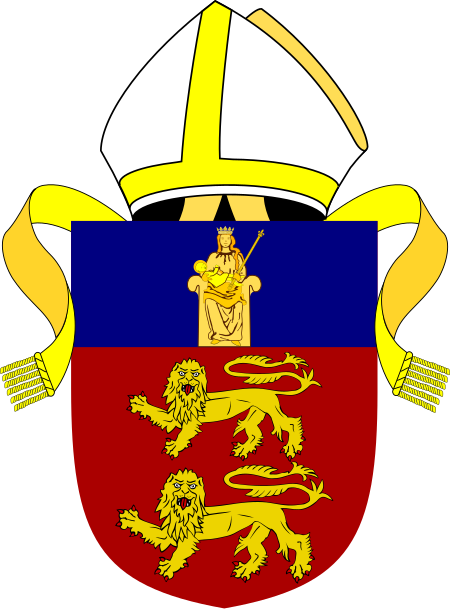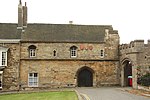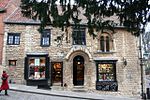Diocese of Lincoln
678 establishments7th-century establishments in EnglandAnglo-Saxon diocesesDiocese of LincolnDioceses established in the 7th century ... and 3 more
Dioceses of the Church of EnglandFormer Roman Catholic dioceses in EnglandUse British English from March 2014

The Diocese of Lincoln forms part of the Province of Canterbury in England. The present diocese covers the ceremonial county of Lincolnshire.
Excerpt from the Wikipedia article Diocese of Lincoln (License: CC BY-SA 3.0, Authors, Images).Diocese of Lincoln
Minster Yard, Lincoln New Boultham
Geographical coordinates (GPS) Address Website Nearby Places Show on map
Geographical coordinates (GPS)
| Latitude | Longitude |
|---|---|
| N 53.2343 ° | E -0.5367 ° |
Address
Lincoln Cathedral (Cathedral Church of the Blessed Virgin Mary)
Minster Yard
LN2 1PX Lincoln, New Boultham
England, United Kingdom
Open on Google Maps











